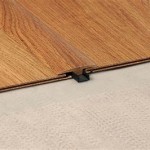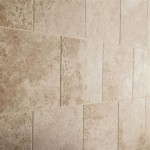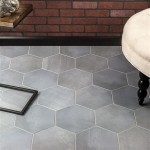Geotextiles are fabrics used to strengthen soil and improve its drainage and filtering capabilities. They are used in a variety of applications, from landscaping and erosion control to waste containment and road construction. Geotextiles come in two main varieties: woven and nonwoven.
Woven geotextiles are made from polypropylene, polyester, or nylon threads that are woven together to form a strong, dense fabric. Woven geotextiles are highly durable and resistant to tears. They are very effective in providing soil stability and can be used in a variety of applications, including slope stabilization, reinforcement of roads and embankments, and erosion control.
Nonwoven geotextiles are made from polypropylene, polyester, or nylon threads that are heat-bonded together to form a soft, flexible fabric. Nonwoven geotextiles are highly permeable, allowing water to pass through while still providing soil stability. They are less durable than woven geotextiles, but are still effective in a variety of applications, including drainage, filtration, and separation.
When choosing between woven and nonwoven geotextiles, it is important to consider the specific application and its requirements. Woven geotextiles are best for applications that require strength, durability, and stability, such as slope stabilization and road reinforcement. Nonwoven geotextiles are best for applications that require permeability, such as drainage and filtration.
Geotextiles are a versatile and effective tool for improving soil stability and drainage. Woven and nonwoven geotextiles each have their own advantages and should be chosen based on the specific application. With the right geotextile fabric, you can improve the strength, stability, and drainage of your soil, making it easier to work with and maintain.










Related Posts








